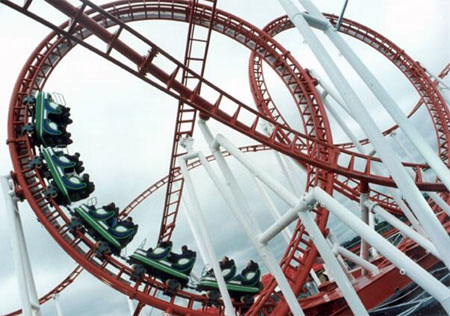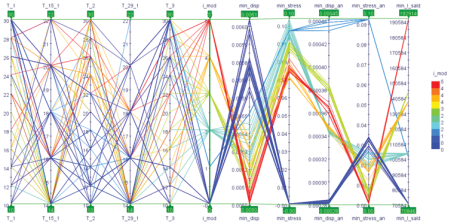
The Structural Design of Roller Coasters
Abstract
There is no amusement park ride that produces the ultimate adrenalin rush in all of its passengers better than a roller coaster ride does.
Modern roller coaster designs require both creativity and rigid adherence to regulations that ensure high quality standards, which guarantee the safety of the roller coaster ride even when equipment may malfunction.
Whilst ensuring that safety comes first in all designs, engineers need to also keep in mind that structural details and construction related issues have a significant influence on the final cost-benefit analysis for the roller coaster manufacturer.

